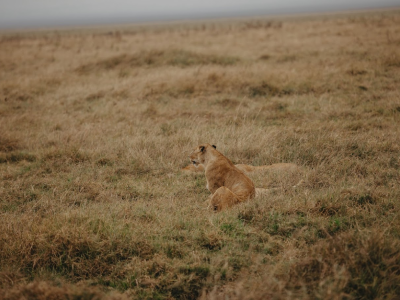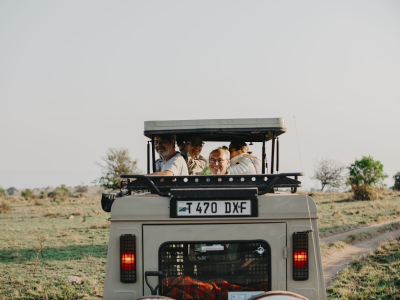All About
Lake Manyara National Park
WALK THROUGH TREETOPS, MEET ELEPHANTS, AND ENJOY SCENIC WONDERS.
Pure Nature, Pure Joy
Lake Manyara National Park is a little-known jewel in Tanzania, tucked away between the escarpment of the Rift Valley and the alkaline lake that gives the park its name. The tree-climbing lions, elegant flamingos, and expansive elephant herds make this small but varied park famous. The glistening lake, lush forests, and grassy plains make for a stunning backdrop.
This national park is an essential stop on the Northern Circuit of Tanzania due to its large size and the incredible variety of plant and animal life it supports. There is life around every turn, from flamingos at the lake to baboons in the woodland.
Background on the History of Lake Manyara
The name of the park comes from the Maasai word “Emanyara,” which refers to a plant that is used to make walls and whose shape is like the park. Lake Manyara went from being a hunting reserve to a UNESCO Biosphere Reserve in 1981, saving its many habitats. It was officially named a national park in 1960.
Currently, elephants, giraffes, hippos, and the famous tree-climbing lions that live in Lake Manyara National Park are all doing very well. It’s a peaceful place where the beauty of nature and its historical importance come together to make a great tour experience.





















